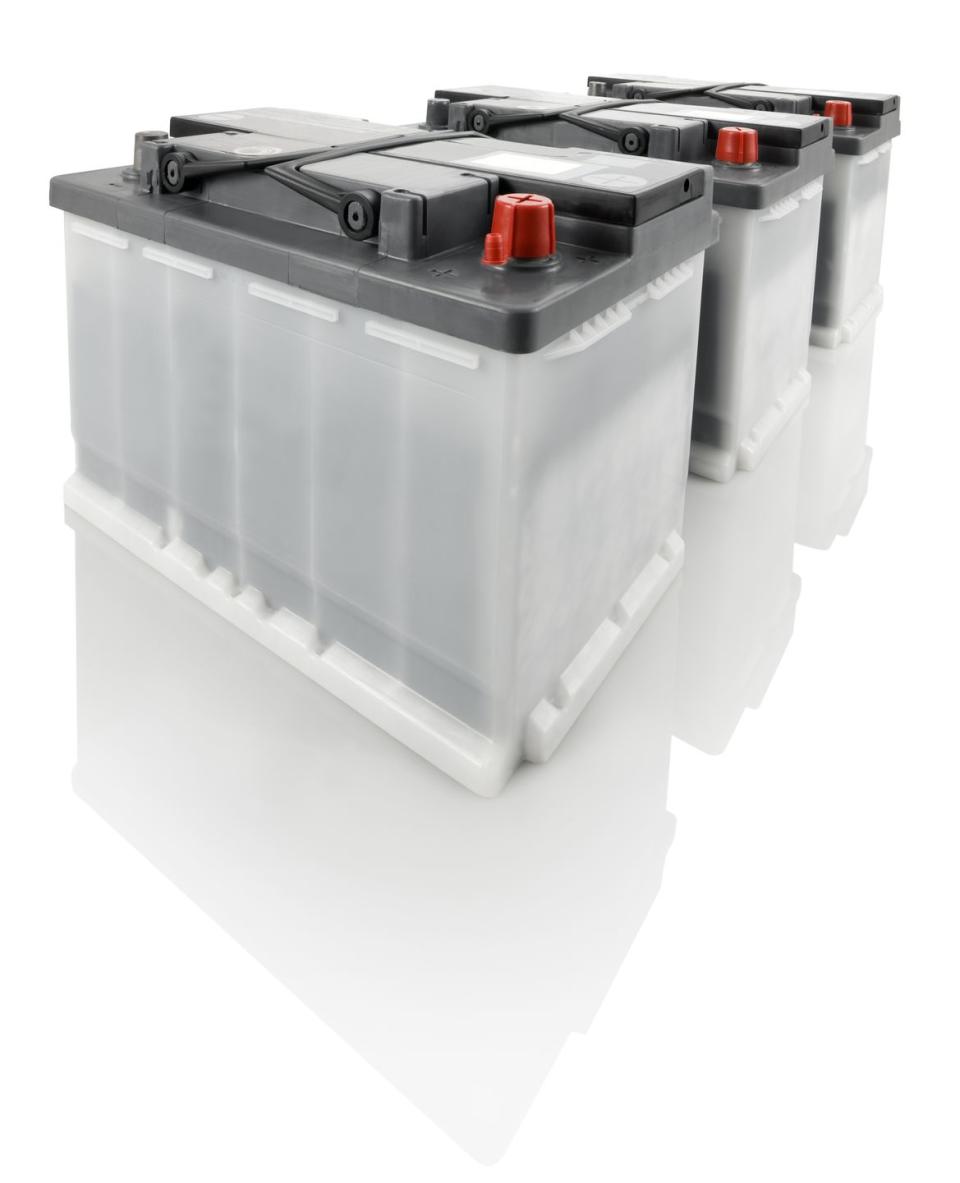How to Choose the Best Car Battery

This story was updated on August 9, 2022 with new products and information.
We've all experienced the stomach-churning trauma of a dead car battery. You need to be somewhere and you're running late. You jump in, twist the key or push the start button, and . . . nothing! Or maybe just a sickening click-click. Suddenly you need a jump-start or, worse, a tow. And probably a new battery, too. But which one? So many brands, types, prices, and places to buy them. Which to choose and why?
Top-Rated Car Batteries
What's the Best Car Battery, Anyway?
The simple answer to "What's the best battery?" is "the one that's specified for your vehicle." You don't need to be an expert to make an informed, cost-efficient purchase. Check your owner's manual for your original battery's size, specifications, and ratings. You can also find which one you need from guides in the auto-parts store or online.
Replacing a battery yourself is an option; it's not particularly difficult. Some shops offer free installation—but only if the battery is purchased from them.
If you're buying one of the batteries above online and installing it yourself, be sure to check your owner's manual for critical information before purchasing your new battery. Modern cars have specific requirements on their electrical systems, and the wrong power source could leave you stranded.
[A word to the wise: We've had terrible luck with car parts and automotive accessories using Amazon's online "Confirmed Fit" tool. Probably half of the windshield wipers we ordered, for example, didn't fit the car we specified. Always, always go straight to your owner's manual for the recommended specs and size, and stick to those guidelines when purchasing model- or size-specific parts and accessories from Amazon.]
Most batteries are located up front, under the hood, where they're easy to access and replace with a couple of wrenches. But some are buried in the trunk or elsewhere—not so easy to find, let alone remove and replace.
Just remember, the negative terminal is always the first thing you disconnect and the last thing you reconnect.
Check the Size before You Buy
Regardless of whether you're doing it in your driveway or letting a shop install, it's a good idea to first make sure you're buying the correct physical size. A number of sizes fit today's wide variety of vehicles.
For instance, size 24/24F (top terminal) batteries fit many Honda, Acura, Toyota, Lexus, Nissan, and Infiniti vehicles, while size 35 (top terminal) units fit many other Japanese vehicles, including recent Toyotas, Nissans, Hondas, and Subarus.
Size 48H6 (top terminal) batteries fit many European and American vehicles. Again, you can find which size you need in your owner's manual, in the replacement guides at the retail store, or online.

Know What Type of Battery You Need
Almost all cars come with a 12-volt sealed lead-acid (SLA) battery of some variety (a few high-performance cars are equipped with lithium-ion batteries). These SLA batteries use the same chemistry as the ones your dad had to periodically top off with water, but today they are sealed—hence the name—and maintenance-free.
Absorbent glass mat (AGM) batteries use similar chemistry, are more durable, and are claimed to stand up to more charge cycles than a standard SLA. Gel-cell batteries are best for deep discharging but may have problems in extreme hot or cold.
Those old "wet cell" batteries from Dad's day are still available, though, primarily for older models or penny pinchers. They are likely not offered in the right sizes for modern cars, however.
Engine-Starting Power
The next thing to check is the engine-cranking power of a vehicle battery, which is expressed in cranking amps (CA) and/or cold-cranking amps (CCA), a measure of how much electric current (in amperes) it can deliver for 30 seconds at 32 and zero degrees Fahrenheit. A bigger number is better, especially in cold weather, when batteries are at their weakest.
Three More Things You Need to Know
Another number to understand is the battery's reserve capacity, which is how long it can provide power with the engine off and headlights and/or accessories on or if the vehicle's charging system fails. One and a half hours is good. Two hours is better.
Also important is the warranty, which should be at least three years for full replacement (assuming no signs of neglect or abuse), plus, in some cases, a prorated refund for some time after that.
Finally, be forewarned: Some brands, such as BMW, require the battery to be "coded" (digitally mated) to the car or it will not take a charge. Coding the battery requires BMW-specific OBD-II software that any reputable service shop or BMW dealer will have.
More Battery Costs More Money
Expect to pay between $100 and $300 for a new battery, with lower-performing SLA types at the low end and stronger, longer-lasting AGMs near the top. If you're having it installed, the shop will dispose of your old battery.
If you're doing it yourself, take your old one to the retail outlet for recycling and to avoid a core charge—a mandatory deposit on your new battery that is refunded when you return the old one. Before you hand it over, place it side by side with the new battery to confirm the one you're buying is the same size. It's a final check to make sure your choice is the right one.
Oh, and if you're taking it home to install, get one with a traveling handle if possible—a car battery can weigh between 25 and 60 pounds.
You Might Also Like

 Yahoo Finance
Yahoo Finance 